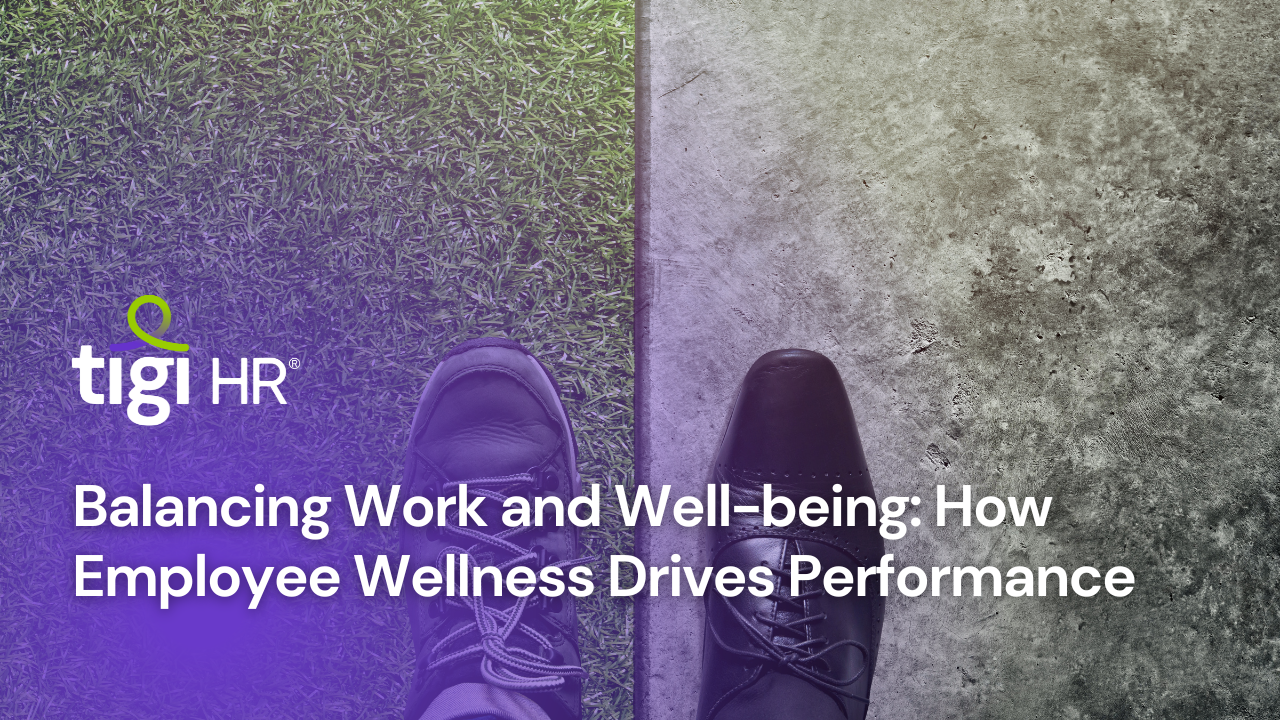In a world where the demands of work often seem never-ending, where the pursuit of success can feel relentless, and where the lines between professional and personal life blur, the concept of employee wellness has emerged as a beacon of hope. It’s a reminder that success should not come at the cost of our well-being but, in fact, can be intricately intertwined with it.
As we dive into this exploration of “Balancing Work and Well-being: How Employee Wellness Drives Performance,” we uncover a fundamental truth that progressive companies are embracing with open arms. It’s a truth that not only transforms the lives of employees but also has a profound impact on the very essence of an organization. It’s the understanding that when employees are well, when their physical and mental health is nurtured, when they experience a harmonious work-life balance, when they are financially secure, and when they feel a sense of belonging, they thrive – and when they thrive, businesses thrive.
Our journey will take us through the compelling statistics and insights that reveal the profound connection between employee wellness and organizational performance. We will explore the key elements of successful employee wellness programs and how they manifest in real-world examples. From Google’s holistic approach to Salesforce’s mindfulness initiatives, we’ll see how companies are revolutionizing the workplace by putting their employees’ well-being at the forefront.
Moreover, we will delve into the financial implications of investing in employee wellness. The argument is clear: while implementing wellness programs requires a financial commitment, the return on investment is substantial. Lower healthcare costs, higher revenue, talent attraction and retention, and reduced turnover are just some of the tangible benefits that organizations can expect.
However, we won’t shy away from addressing the challenges and considerations that come with implementing wellness programs. After all, achieving a balance between work and well-being is not without its complexities. Customization, measurement, long-term commitment, and the crucial need for privacy and confidentiality are all vital aspects that organizations must carefully navigate to ensure the success of their wellness initiatives.
In this quest to uncover the profound impact of employee wellness on organizational performance, one thing becomes clear: wellness is not a luxury, but a strategic imperative. It’s a transformative force that shapes the future of work, where the well-being of employees is not just a perk, but an investment in a brighter, more prosperous tomorrow. Join us as we journey through the compelling world of “Balancing Work and Well-being” and discover how employee wellness is steering businesses towards a future of success and sustainability.











